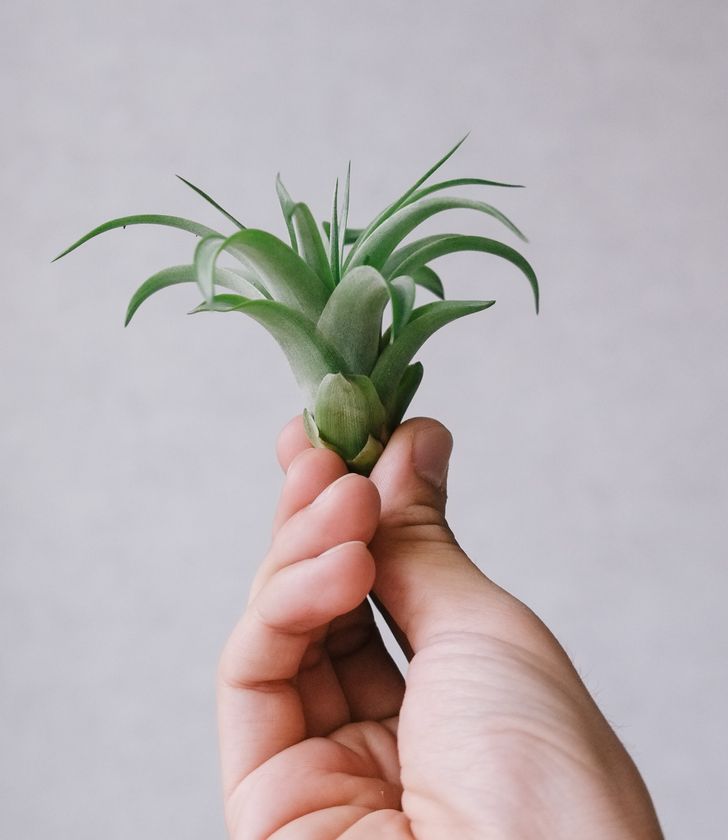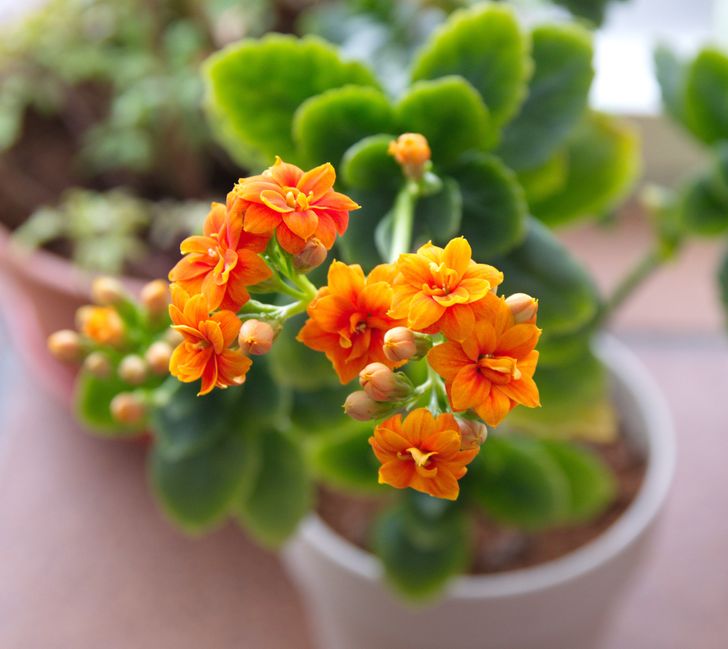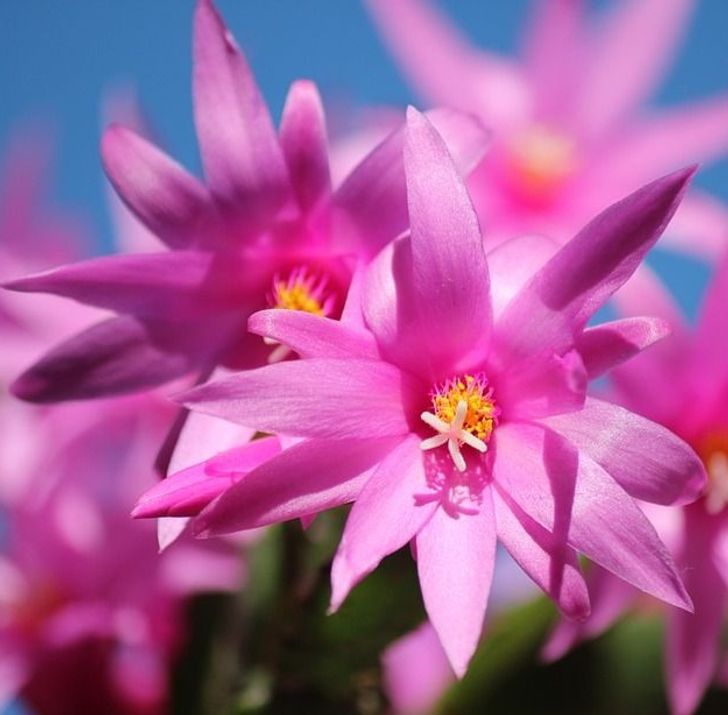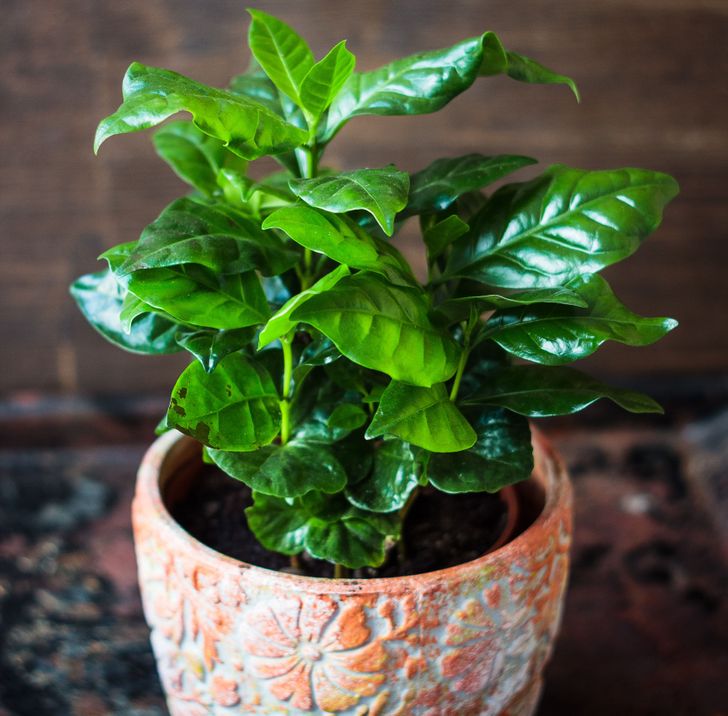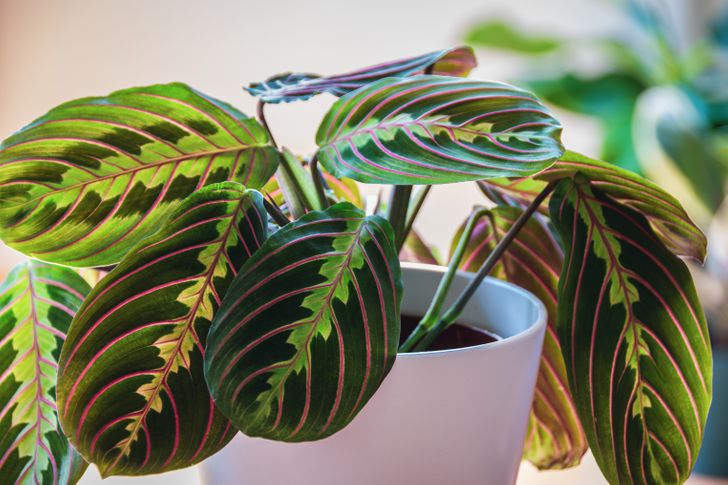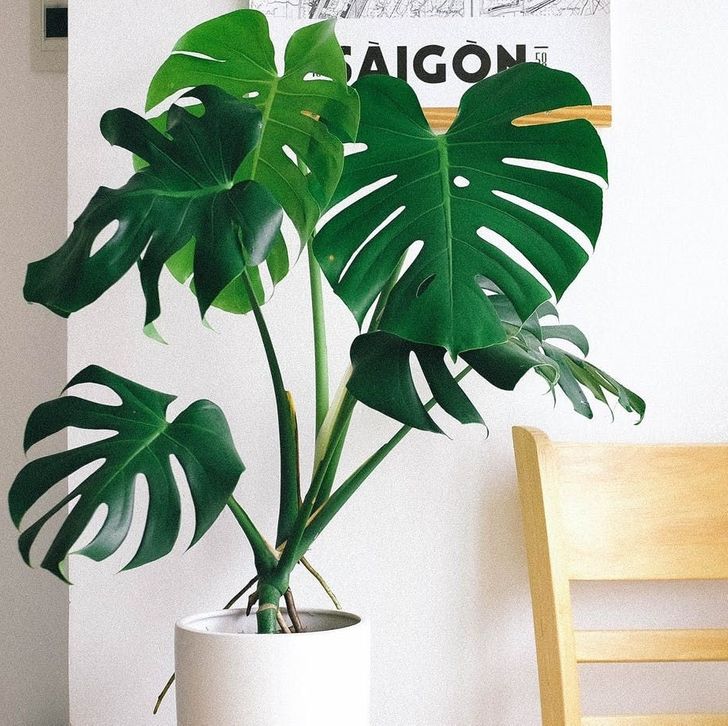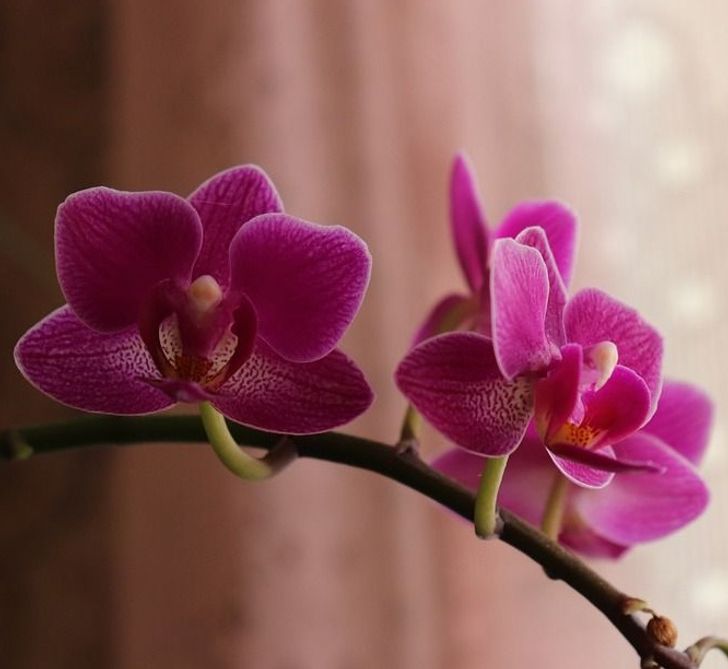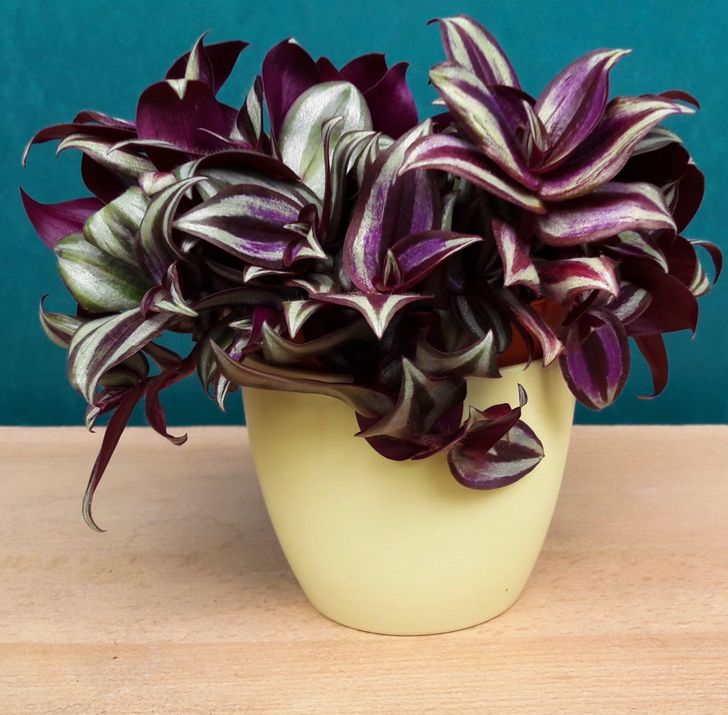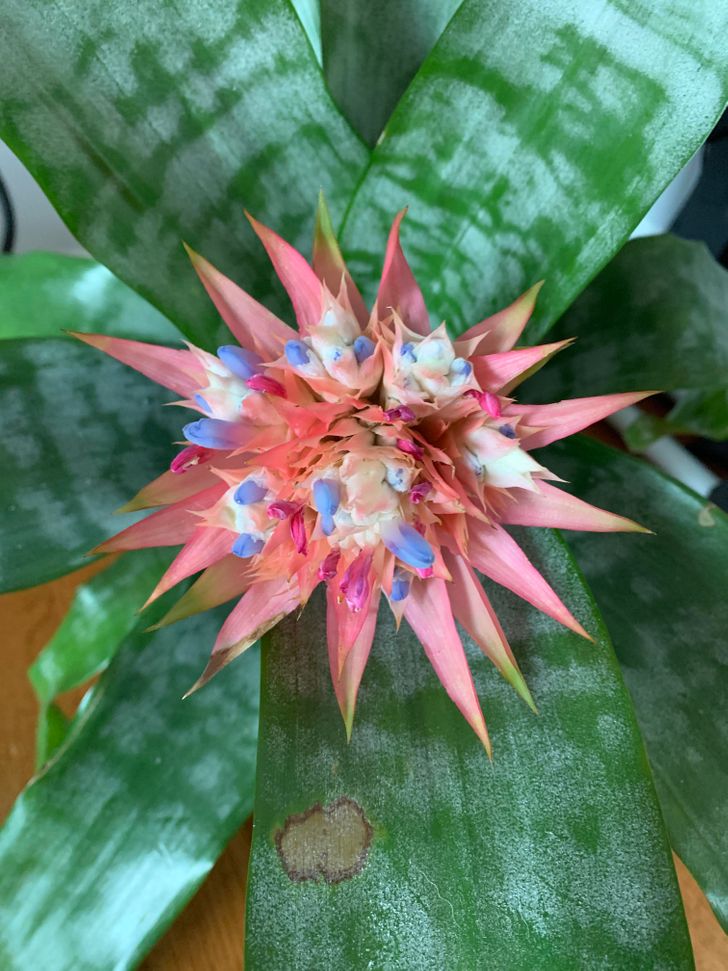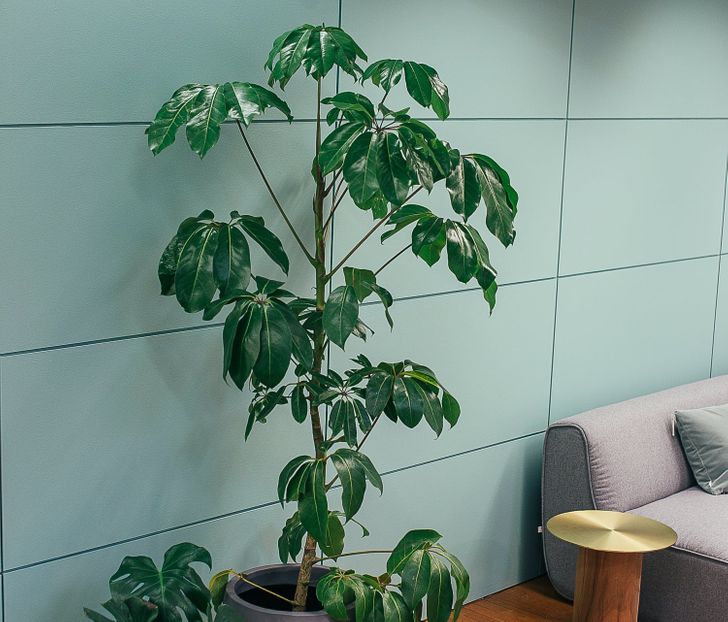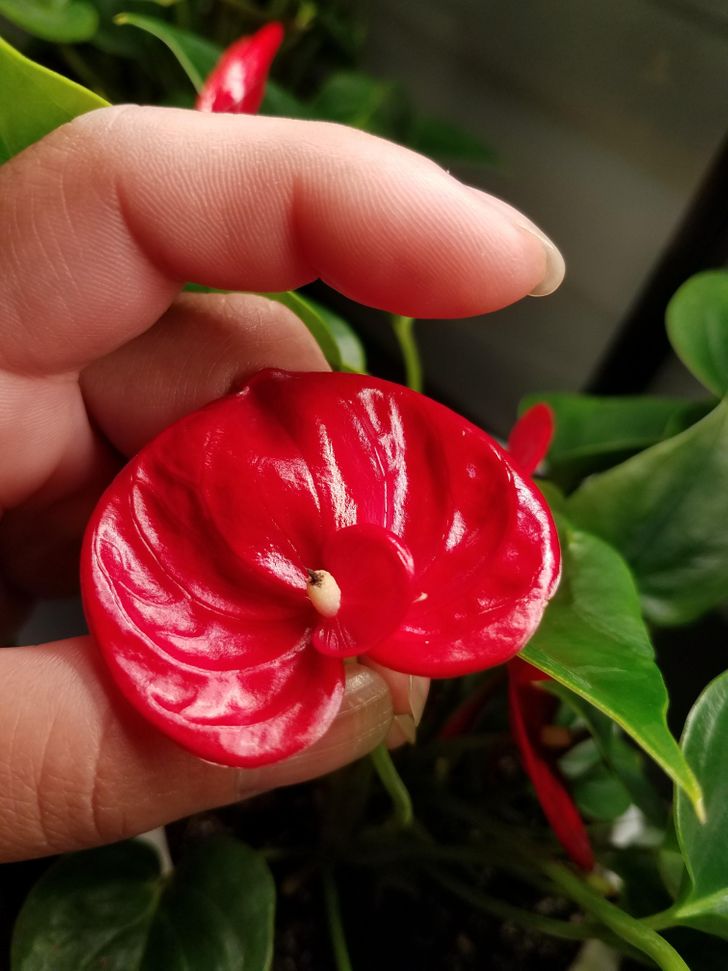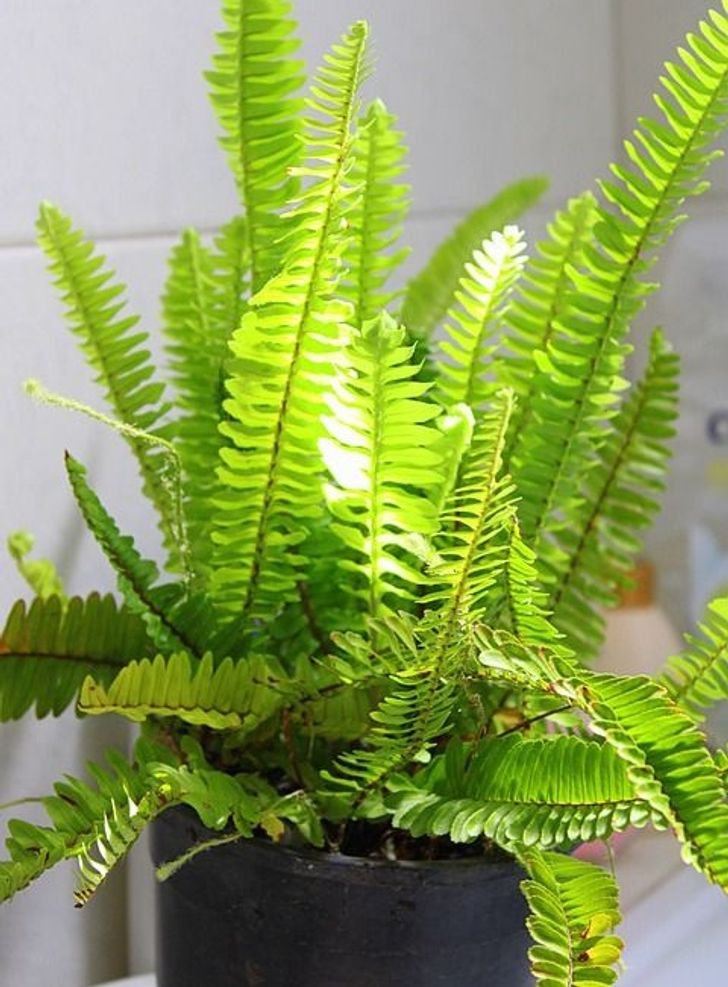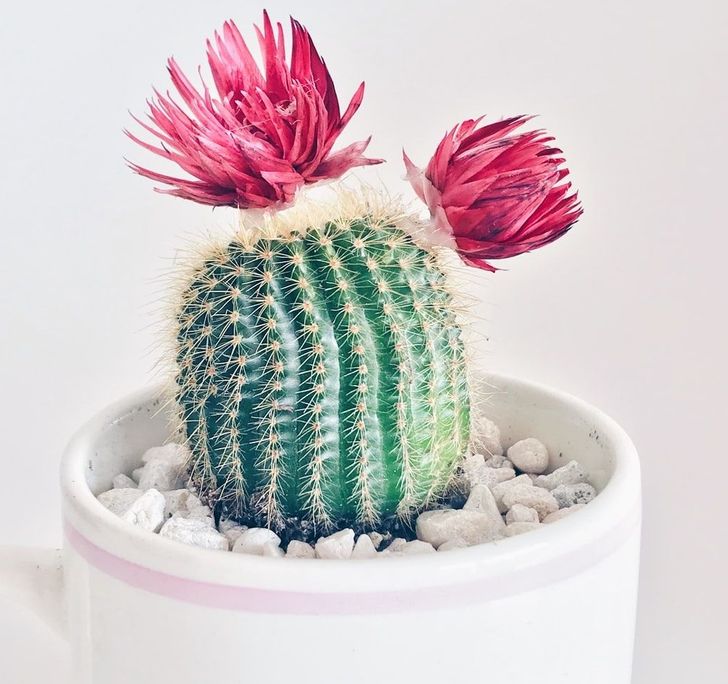i love the cactus flowers.
10+ Easy-to-Care-for Plants That Can Thrive Nearly on Their Own
Aside from giving our homes a more artistic look, having plants in our homes also has benefits like reducing stress and increasing our productivity. While we do want to take care of plants inside our house, we might find ourselves setting the idea aside because we think that plants require too much extra work.
Bright Side wants to help you start your journey as a plant parent and made a list of low-maintenance plant babies that you can place indoors.
1. Tillandsia — air plant
Where to put it: Place the Tillandsia plant in a bright spot, in indirect light.
Water: Every 1 to 2 weeks, give your plant a 5-10 minute water soak. You can use room temperature water or rain/pond water, depending on your circumstances.
The name of the air plant can be a bit misleading because we might think it only needs air to survive, but it actually doesn’t need soil to live. If your plant gets proper care, it will flower; once the flower dries out, snip it off, and your air plant will continue growing and blooming.
2. Kalanchoe Blossfeldiana
Where to put it: The Kalanchoe Blossfeldiana plant loves to bask in the full sun, so put it in brightly lit places.
Water: Don’t water it too much; if the top few centimeters of the soil have dried out, you’ll know it’s time to give it some water.
The beautifully colored Kalanchoe Blossfeldiana is named after Robert Blossfeld, who discovered the flower in their native Madagascar. The plants are really low-maintenance as don’t need much watering; in the winter, you should water them sparingly.
3. Christmas cactus
Where to put it: Place the Christmas cactus in a well-lit area but away from direct sunlight.
Water: You should water it only when the top part of the soil is completely dry.
The plant itself is hard to kill, but if you want to have a mature Christmas cactus bloom just in time for the holidays, you may need to take some extra steps during fall season, like placing it in a dark room for at least 12 hours a day.
4. Coffea arabica
Where to put it: Put your coffee plant near a window with blinds or shade.
Water: At least once a week and keep the soil from completely drying out.
Among the coffee plant varieties, coffea arabica is the most suitable for a house plant. Coffee plants are hardy and beautiful, and yes, they could eventually produce coffee beans, though it might not be enough for our brewing consumption.
5. Prayer plant
Where to put it: Put prayer plants in a bright room, but away from direct sunlight.
Water: These plants do not like to be dry and like their soil to be moist (but not overwatered).
It is called a prayer plant because it raises its leaves into an upright position at night, and it could look like the leaves are folded together, as if it were praying. This plant enjoys humid environments, so if the weather is a bit dry, you can just keep a container of water near the plant so the evaporation can help increase the humidity.
6. Swiss cheese plant
Where to put it: Place the Swiss cheese plant in a room with indirect sunlight or in a spot where the sunlight is filtered by a sheer curtain.
Water: Once a week, and less frequently during fall and winter.
The Swiss cheese plant or the Monstera deliciosa thrives in high humidity environments, but is okay with dry indoor conditions. If given a lot of attention and taken good care of, its leaves can grow up to 3 feet wide.
7. Moth orchid
Where to put it: Moth orchids prefer to be near a moderately bright windowsill or a similar environment.
Water: Every 7 to 10 days.
Moth orchids usually bloom in late winter up to spring time. They may lose their bloom once the season changes into summer, but don’t worry, this is normal. The orchids should be kept in a pot with good drainage.
8. Inchplant
Where to put it: Inchplants prefer areas with partial shade, but are okay with sunny areas if the soil is kept moist.
Water: Around twice a week, and less frequently during the winter.
Inchplants are quite resilient and hard to kill, as long as they have steady exposure to sunlight. They are also okay with average indoor humidity, and generally enjoy warmer temperatures.
9. Bromeliads
Where to put it: Place bromeliads a few feet away from a window, away from direct sunlight.
Water: Every 3 to 4 weeks, and every 5 weeks during winter.
While they appreciate a humid environment, bromeliads are actually drought-tolerant. This makes them easier to take care of compared to other plants. If your home is very humid, you can opt for a clay or terracotta pot, as they can absorb the extra moisture. Otherwise, you can place them in a plastic pot with drainage holes.
10. Schefflera
Where to put it: Schefflera plants want to be placed in a well-lit room with plenty of indirect sunlight.
Water: You can water them once a week, with less water during the winter season.
Schefflera plants are also called umbrella plants because the leaves form the shape of an umbrella. These plants are okay being left alone, but do not like it when it’s too wet or too dry. If you notice that the plant is losing leaves, check the soil as it may have become too dry or too wet.
11. Anthurium
Where to put it: Place anthuriums in a warm, brightly-lit spot, away from direct sunlight.
Water: Just often enough to keep the soil moist but not soggy. Around a half cup of water once a week.
Anthuriums can be low maintenance, colorful additions to our homes. They can also grow with less sunlight, but will have fewer flowers and their overall growth will be slower. If the flowers fade and you would like to remove them, you can just cut the base of the flower stem closest to the base of the plant.
12. Boston fern
Where to put it: Boston ferns prefer to be put in places with indirect sunlight, but could be okay getting direct sunlight as long as it’s not during the peak hours of the day.
Water: Once or twice a week with lukewarm water.
Compared to other types of ferns, Boston ferns are considered easier to maintain. Boston ferns do not need that much fertilizer, and they only need it a few times per year. They are also very hardy plants, so if you find out that your plant is almost dying, just give it a little bit more care and it’ll be back to normal in no time.
13. Parodia cactus
Where to put it: Place parodia cacti in a spot where it can catch early morning sunlight but avoid direct sunlight during the hottest hours of the afternoon. A south-facing window is ideal for this plant.
Water: You can water them every 2 weeks, and even less frequently during the winter.
Parodia cacti are also called ball cacti due to their shape. They can be happy as long as they are placed in a good spot and kept in a low-humidity environment. Once the conditions are set, you can almost just leave it alone until a few weeks later when you have to water it again.
Which of these plants would you like to own? What other plants would you like to take care of inside your house?
Comments
Christmas Cactus is one of my favourites ❤ I have owed several, they were my nanna's favourite and when she passed away I got her plants. The Monstera/Cheese Plant is another favourite of mine, my mam had one when we were all at home, it took over the living room!!
I used to have some plants on my desk, really loved them but I am super bad at taking care of them
I love number 7, looks really nice and seems to be quite easy to take care of.. I might get one for some color in my dark room 👌
Related Reads
12 People Who Saw Things They Were Definitely Not Supposed to See

12 Plot Twists That Turn the Story Upside Down

8 People Who Shared Unforgettable Childhood Memories

13 People Who Discovered Hidden Truths About Their Partners

7 Mind Puzzles That Can Increase Your Brain Power

10 Stories From People Who Regretted Eating at Someone’s House

12 People Who Just Wanted a Vacation—but Got Nightmares Instead

I Accidentally Overheard My Fiancé and His Mom’s Vicious Plan Against Me

19 People Who Can Find Happiness in Small Things

10 Christmas Stories That Capture the True Magic of the Season

20 Dates That Quickly Went From Bad to an Absolute Catastrophe

12 Stories of Strangers Whose Actions Left a Lasting Mark

